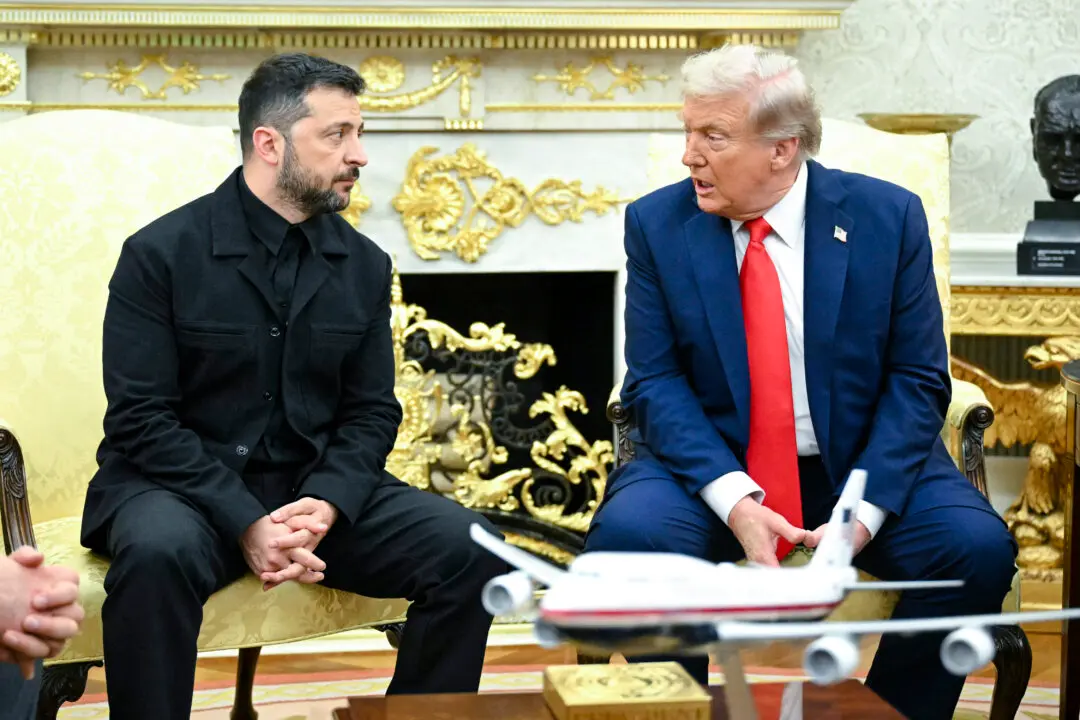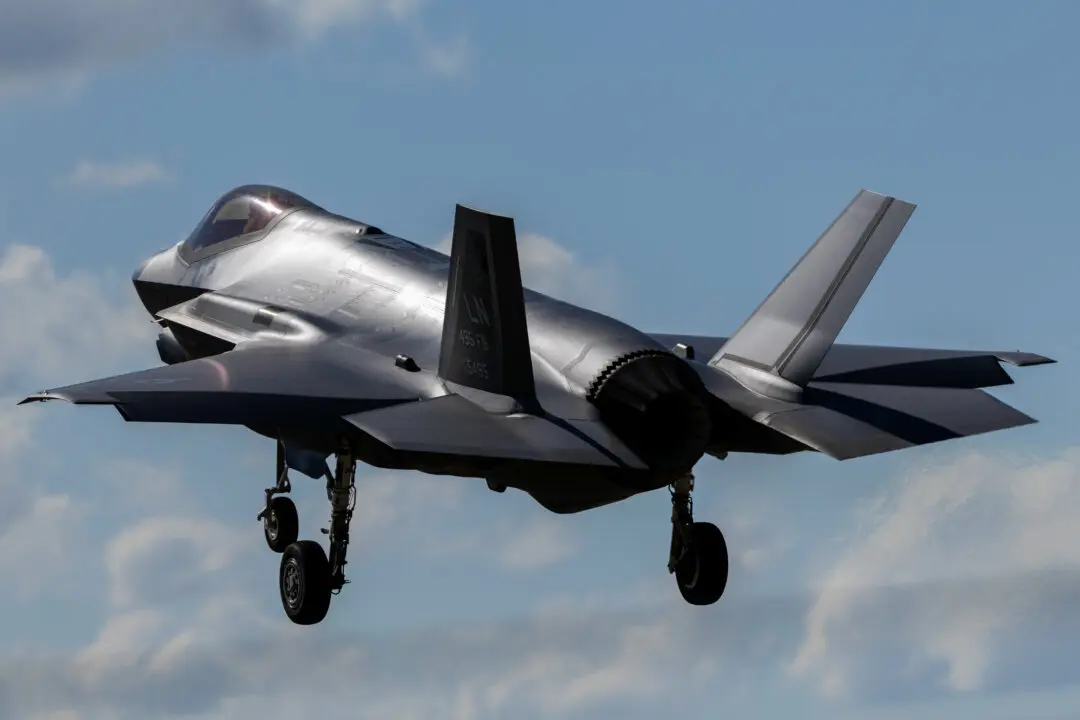Commentary
Viewpoints
Opinion
Top-Heavy, Bloated Command Structure Hurts US Military Effectiveness, Costs Billions
General officer bloat costs taxpayers more, while creating a less effective military.

The Pentagon logo is seen behind the podium in the briefing room at the Pentagon in Arlington, Va., on Jan. 8, 2020. Al Drago/Reuters




